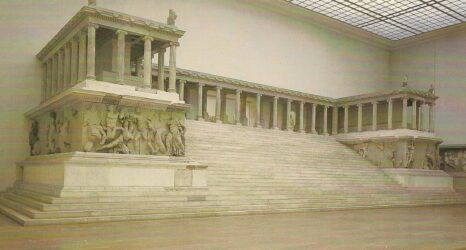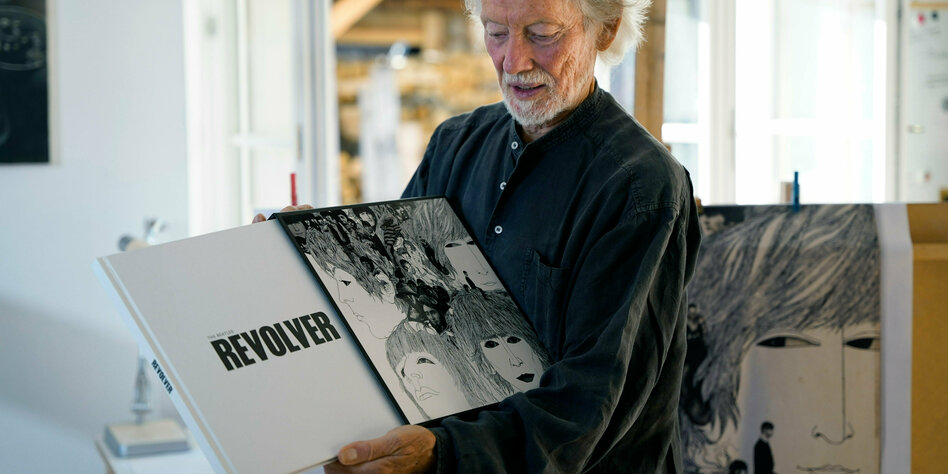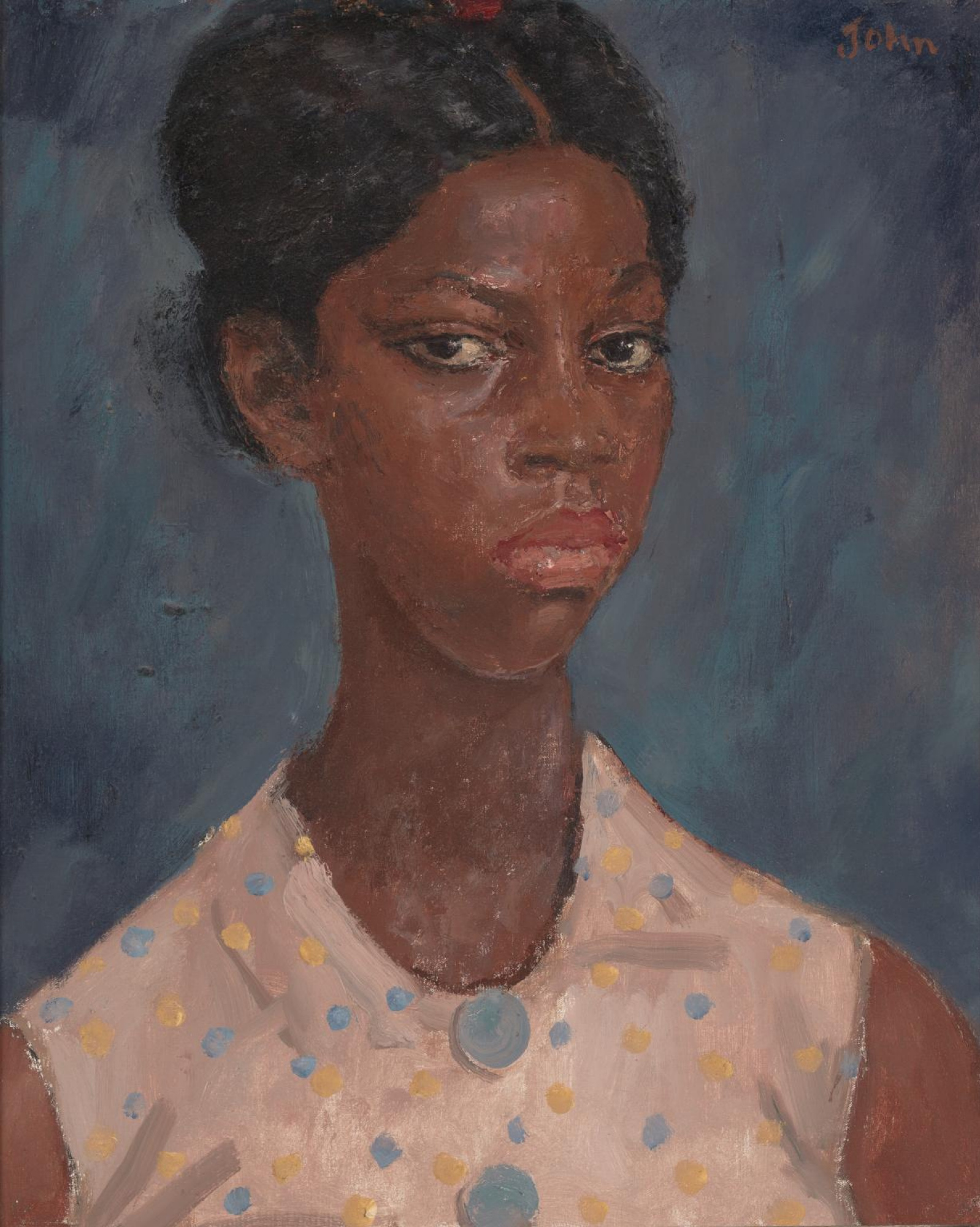John Lennon Imagine Official video (HD)
---- deutsch oben, englisch darunter. ;)
---- german at top, english below. ;)
Spass mit dem älter werden. Episode xy, besuch beim Optiker.
Hart auf die 50 zugehend ist es dann endlich so weit, das ich schlussendlich wohl auch mal eine brille brauche. Hey ich bin echt gut durchgekommen, aus meiner familie haben ausnahmsweise _ALLE_ irgendwie eine brille gebraucht. Ich bisher nicht...... Bisher.
Die nette dame beim Optiker eröffnete mir erstmal erschreckende zahlen. 25% Sicht im linken und 32% im rechten auge im nahfeld/lesebereich.
Yeah das kann gut sein... Der chat im handy game is halt schon seit langem nicht mehr ohne lupe lesbar... örgs. ;)
Weitsicht is auch nicht mehr so dolle meinte sie. Yip. Früher konnte ich die zugzielanzeiger an bahnsteigen bequem über die halbe länge des bahnsteigs hinweg lesen..... Heute muss ich dann schon auch auf 5 meter herangehen.... mhhh.. ;)
Das ist blöd, falls ich dann doch noch mal irgendwie einen führerschein machen wollen würde.... Würde ich definitiv die brille eingetragen kriegen... *grml* was solls.
So richtig piekt mich die ganze sache aber an einer gänzlich anderen stelle.
Auf die frage danach, was für eine brillengestell-form ich mir denn vorstellen könnte, muss ich immer wieder an meine lieblings sonnenbrille denken die mir leider vor jahren abhanden kam.
Die war rund. O.k. vollverspiegelt usw, aber schlicht rund. John Lennon stil.
Damit können heute nurnoch die wenigsten etwas anfangen.
heute müsste ich harry potter referenzieren...
AAAAAAAAAAAAAAAAAAAAAAaaaaaaaaaaaaaaaaaaaaaaaaaaaaaaaaahhhhhhhhhhhhhhhhhhhhhhhhhhhhhhhhhhhhhhhhrg.
Hilfe, ich will das nich .. ich bin zu alt für den scheiss!!! ;)
---- english below
Having fun getting older. Episode xy, visit to the optician.
As I'm approaching 50, it's finally getting to the point where I'll probably need glasses. Hey, I got through it really well. For once, ALL of my family needed glasses in some way. I haven't yet......So far.
The nice lady at the optician initially told me the shocking numbers. 25% vision in the left and 32% in the right eye in the near field/reading range.
Yeah, that could be the thing... The chat in the mobile phone game hasn't been readable without a magnifying glass for a long time... oh well. ;)
Farsight isn't that great anymore, she said. Yip. I used to be able to easily read the train destination indicators on platforms over half the length of the platform..... Nowadays I have to go within 5 meters (a few feet).... mhhh.. ;)
Enervingly, if I somehow wanted to get a driver's license now.... I would definitely get the glasses registered... *grml* whatever.
But what really bothers me in a completely different thing.
When asked what kind of glasses frame shape I could imagine to like, I keep thinking about my favorite sunglasses, which I unfortunately lost years ago.
They were round. OK. fully mirrored etc, but simply round. John Lennon style.
Very few people can imagine (pun intended) anything with that reference today.
Today I would have to reference Harry Potter...
AAAAAAAAAAAAAAAAAAAAAaaaaaaaaaaaaaaaaaaaaaaaaaaaaaaaaahhhhhhhhhhhhhhhhhhhhhhhhhhhhhhhhhhhhhhhrg.
Help, I don't want this... I'm too old for this shit!!! ;)
#Brille #Brillen #Glasses #John #Lennon #Imagine #Harry #Potter #optician #getting old #altwerden #RandomShit2024
https://youtu.be/ugrAo8wEPiI
https://redirect.invidious.io/watch?v=ugrAo8wEPiI















